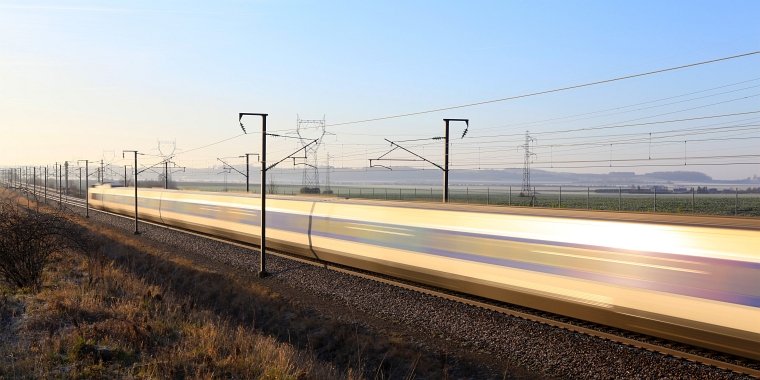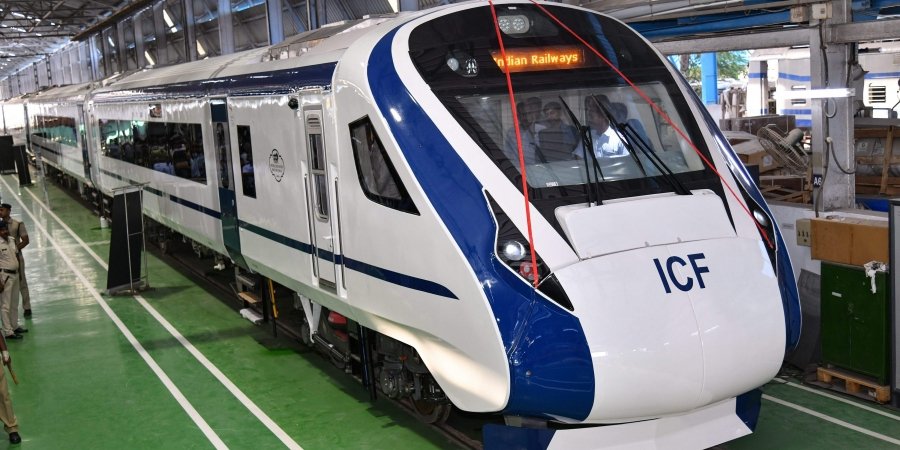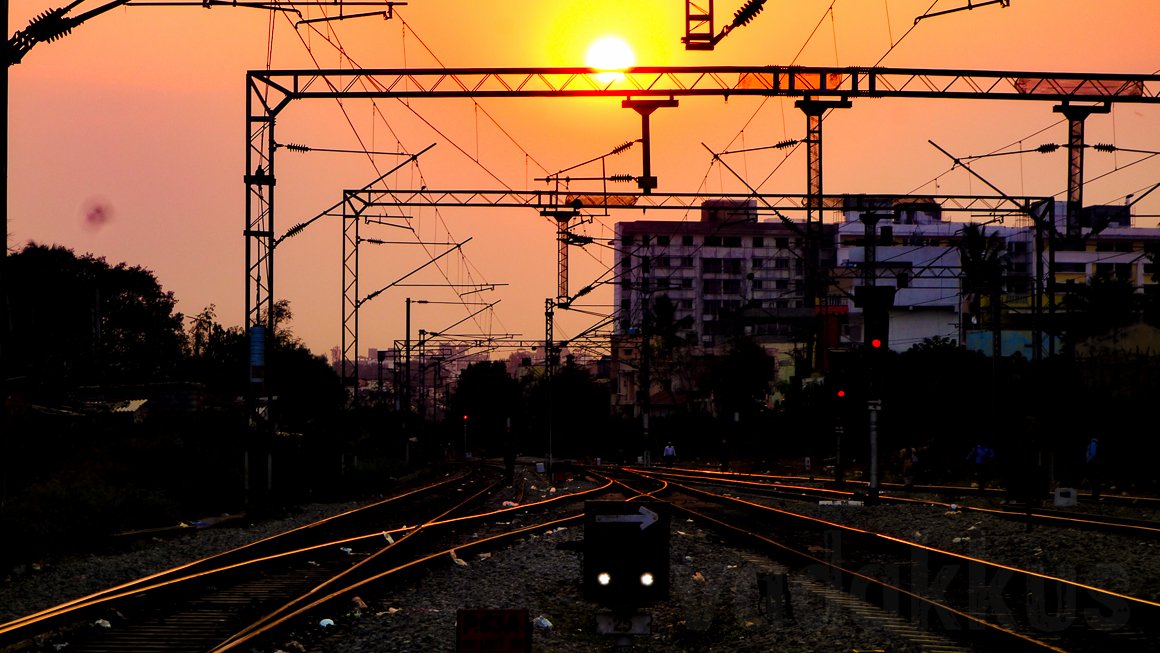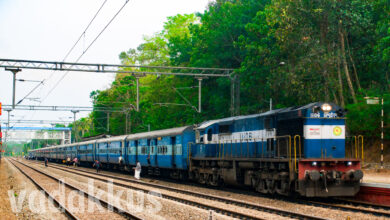India Railway History – At Independence

Though railways had already existed in India for a Hundred years before Independence, the real history of the “Indian Railways” as a single entity starts with Indian independence from British rule in 1947. The railways of the British Raj were not one single organisation as we see today. There was no common railway system, there was no single body in charge, there wasn’t even a uniform fare structure! This is because the government had almost nothing to do with administration of the railways. The British built the Railways but it was not the British Government. The British Raj railways were an overwhelmingly private network with 52 companies running a bunch of trains on their own respective lines of all kinds of gauge and systems and coaches according to their own rules, entirely for profit. The trains ran across the country to carry the loot, serve British interests and make some money and keep the Gora Sahib happy.
The British invested heavily in the Railways in India until the day they realized that they had to actually one day grant India independence. Once this realization dawned upon them they stopped investing and let the railways and the rest of the country rot. At the time of independence, all assets that were under the British in India were transferred to their respective Indian counterparts including the Railways. But contrary to popular belief, not everything was rosy out there. And I am not even talking about the trauma of partition.
By around 1930 with the boycott of the Simon Commission, the declaration of “Poorna Swaraj” and with the increasing noise against their rule, it became clear to the British that they could not go on governing India forever and would have to grant us independence eventually. As a result they started to slow down their long term investments in India which included those in the Railways. The Great Depression which hit the West during this time only positively influenced this decision. Almost no new substantial lines were built from 1930 to 1947 except the ones which were already under construction and many proposed projects were canceled. Then the Second World War rolled around which hit Britain hard and which also spelled the end of British Rail in India. During 1939, 40% of locomotives and rolling stock in India (obviously, the better ones) were put on ships and transported to the Middle East to help British war efforts. Railway lines were closed and many services discontinued as rails and other equipment were cannibalized for the same cause. Railway factories were rejigged to produce military equipment instead of Railway stuff. All this led to a huge shortage of locos, coaches and wagons, leaving India with old, obsolete, derelict and run-down locomotives and rolling stock. A large number of trains were permanently cancelled forever and many stations, routes and lines were shut down. Most of what was not dismantled and exported was left to rust.
Railways in India at the time of Independence
Contrary to what is widely believed, the supposedly “glorious” Railways that India inherited from the British was in reality a highly complicated, irregular, aging, outdated, decrepit, decaying and very diverse network, a big mess to say the least. There were 52 different railway companies in India which operated independently of and competing with each other. Many of these were owned by the British Government, some by British companies, some by Indian companies and some by Princely states. The network that existed then was a patchwork of 5 different gauge types (Broad, Standard, Meter, Narrow and Very Narrow). All imaginable kinds of rolling stock constructed in all kinds of configuration and made out of wood or metal or both were in use. Then there was the mish-mash of Indian and foreign locomotives, 95% of which was old steam with some electrics and the odd diesel thrown in. Fare structures, train numbers, routes, timetables and operations were more complicated than Nuclear Physics.
Lack of investment meaned that the hardware the railways in India were using at the time of independence were massively outdated. As the West had largely moved on to Diesel and Electric from Steam, almost all non-suburban services (a whopping 99%!) in India were still running on wheezing steam locomotives. In 1950, there were 8120 steam locomotives, 72 electric locomotives (almost all were suburban EMU local trains) and just 17 diesel locomotives in India (source). Also, only 388 km of the entire route length was electrified at independence, a paltry 0.72%, with Mumbai – Pune being the ONLY electrified non-suburban route in the country. Most of the track length was Meter Gauge with Broad Gauge coming in a close second. The total track route in undivided India at independence was around 65,000 km, out of which a sixth (10,700 km) went to the newly created state of (East and West) Pakistan. What remained in present day India was around 54,000 km of track.
There was a total absence of any kind of modern technology, safety standards and such, as investments in the railways were on hold by the British for almost 15 years. Add to that the unavailability of locomotives, rolling stock, technological know-how of any kind and the decaying rails and network. In short, at the time of Independence, the Railways in India was still stuck in the primitive age with little modernization to talk of. We did not have any knowledge of how to really run the entire thing and had to set up factories from scratch to build locomotives and rails. Later, it would be the Americans who would teach us how to make locomotives and the Swiss would provide us with world-class (at the time) coaches and rolling stock. It is not much known that India had to spend decades re-building the entire network which was decaying and in serious disrepair, run down to its bones with lack of maintenance, modernization and fresh hardware.
Indian Railways and the Partition
The Partition of India changed everything the subcontinent forever including the Railways. As per the line and map drawn up by Sir Cyril Radcliffe dividing India, 8070 km of line from the erstwhile Northern Frontier Railway went to the newly created state of (West) Pakistan and almost all of the Assam-Bengal Railway went to East Pakistan (Now Bangladesh). The partition cut through many railway lines and as a result the entire North-Eastern part of India was cut off from the rest of the country as all lines leading there passed through the new state of East Pakistan (Present day Bangladesh). As the disturbance around the partition grew into full-scale communal rioting, all normal operations were disrupted as the Railways focused at trying to move the tens of thousands of refugees between India and the two Pakistans in the midst of the massacre and genocide.
The real kicker was that they were also entrusted with the unenviable task of dividing the railways in the middle of all this mess. Personnel, property, lines, equipment, assets, rolling stock and such had to be divided between the two dominions, along with transportation of documents, files, personnel and other railway related stuff. It is a miracle that they managed to achieve all that! The Railways were the symbol of hope and escape for refugees caught in between the rioting on both sides and played a pivotal role during the partition and leaving a lasting impression when it comes to images and lore relating to the partition. Railway stations and trains were the center points for rioting in many cases as this was where refugees would come to escape. I am not going into the horrors that happened during that time. Despite the acute shortage of everything, the Railways transported 4.7 million refugees in 1947-1948, something that was never heard of before in history. Read more about railways and the partition here.

Once the dust settled after the partition, the Railways lay in tatters along with the rest of India. The railways in India at the time of independence was a wreck, to put it mildly. Most of the lines, locomotives and rolling stock were damaged or unusable, much went missing and on the wrong side of the border. There was a severe shortage of fuel and a lot many of the staff had either fled or were missing after the rioting. We had to start from scratch. We needed new locomotives, new lines, Assam and Kashmir needed to be linked with the rest of the country and we had to overhaul the entire network. But first, we needed a properly organized and centralized authority for that, something that had never existed in India before. All those 52 (42 as per some) companies had to be nationalized, integrated and merged and a central authority had to be created which would run the Railways. Also, new stock had to be procured, lines laid and replaced and coaches had to be made, modernized and standardized. All this must have been a mammoth accounting task and bureaucratic nightmare that took years to complete. But it did complete, and the Indian Railways was born! We were off to a flying start any by the 1960s, Indian Railways were comparable to any modern railways in the World. But then complacency much settled in as we rested on our laurels. Another spurt of modernization happened in the 1970s but after that Indian Railways slipped much and went into rot. More about all that coming up in the next episode!
Previous Part (04) – The Railways of the British Raj – Romance and Reality
Next Part (06) – The History of Indian Railways Post-Independence




